Sigma BF - After a Month of Use
At the beginning of July, Sigma loaned me their newest camera, the BF, and two of their contemporary lenses to pair with it — the 35mm F2 and the 90mm F2.8. I spent the month shooting with the camera and trying to learn it as much as I could, so here are some of my thoughts and experiences.
When this camera was first released, it was very polarizing. Some people praised Sigma for taking a risk making a camera so different from a majority of other cameras, while some were pretty skeptical about it because the design was so unconventional. The design is definitely what makes it stand out, but on the inside, it’s also a pretty solid camera.
DESIGN + SPECS
The body is very minimal, which is what you notice right off the bat. Each camera is made from a single aluminum block. It has a built-in microphone which are those two holes at the top, to the left of the shutter. There is no hot/cold shoe, no viewfinder, no microphone jack, and there is only one eyelet for a wrist strap on the right side.
Next to the screen, there is the power button, playback button, and the options button, along with an electronic display and a small thumb-grip.
On the left side is a USB-C port for charging and file transfer because this camera doesn’t use SD cards — but rather the 230 GB of internal storage, which is very interesting.
On the bottom, you’ll find a tripod screw mount as well as a little tab that slides over to eject the battery, which is flush with the bottom of this camera. The bottom is also rubberized which is nice so it doesn’t slide off any surfaces considering what it’s made of.
In regards to the internals, it has a 24mp full frame sensor. For stills, you can shoot in DNG or JPEG, or both. For video, you can shoot up to 6k at 30fps (but when you’re shooting in 6k, you are not able to use the Electronic Image Stabilization). You are also getting L-log in this camera.
This is an L mount camera and it comes in 2 different colors, this silver color that I had as well as black. Personally, the silver color is extremely striking and it definitely looks a bit more futuristic. Sigma also made certain lenses in the silver color-way to pair with this camera.
FIRST IMPRESSIONS (BEFORE USE)
I’m a long-time Sony shooter. My main camera is the Sony A7IV which I use for both photo and video and using the BF – which by the way, stands for beautiful foolishness if you were wondering – was actually pretty simple to use initially. However, I won’t lie, I had to google how to turn this camera on for the first time (the power button isn’t exactly very obvious because it’s just a dot).
One of the first things I noticed was the quality of the LCD screen, which if you’re not going to have a viewfinder on your camera, becomes a lot more important. This screen has 2.1 million dots which is the same as the Sony A7RV and Canon R5, which is also more than the Leica Q3 and Fujifilm X-T5.
I have experience shooting on a camera without a viewfinder because I have a Ricoh and that screen is….bad. It’s also a lot smaller. Considering the BF also has a fixed screen without the ability to tilt, I think the size and resolution make it pleasant to use even on really sunny days.
This camera only has an electronic shutter, so once you start taking photos, you’re not going to get any haptic feedback. I remember the first few photos I took, I pressed the shutter but I had no clue if the camera actually snapped a photo. You can turn on the shutter sound and screen blackout which gives you confirmation that the photo was taken but personally I’d just prefer to keep those off so it took a few photos to get used to.
The little electronic display above the dial is really nice. If you’re someone who likes to have a blank screen without any shooting information, you can still look at and change your settings through the display and it’s pretty easy once you memorize the order of the settings. You click the wheel to change settings, and then you scroll with it to change that specific one.
Also something I’ve never seen on a camera before is how the buttons work. When the camera is turned off, the buttons have no play, so when you press them, they don’t press into the camera (except for the power button and shutter). Once you turn the camera on, then you’re able to press the buttons in. Another thing is that the playback and options button have a touch sensitivity, so when you just place your thumb on the buttons, they will show their respective menus.
PRACTICAL USE - IN THE STREETS
This camera turns on quick and is really responsive and that is honestly an important thing in my case. When I’m walking around the city, I typically have the camera turned off to preserve battery, but if there’s a scene unfolding in front of me, this camera can power up really quick which reduces the chances of me missing that photo.
I only had one battery to work with and most days, it was not enough and I had to either charge it with my portable charger or I would just switch to a different camera. I typically shoot for an average of 6 hours when I’m going into the city but I do make it a habit with all my cameras to turn them off when I’m not actively shooting. This camera does have a sleep mode to help conserve power which is helpful and you can set that up to go into effect after a certain amount of inactivity, but it would be nice to have an extra battery for longer shoot days, especially if you’re also filming video.
I think one of the biggest questions I had before shooting was “would this camera be comfortable to hold and shoot with for longer periods of time?” Since it only has one eyelet that is designed for a wrist strap, you can’t really put a neck strap on it so you are forced to hold onto it. With that said, this is not a one-handed camera. It doesn’t have a grip and if you have a bigger hand like I do, it’s a little tough to press the buttons so 99% of the time I took a photo, I had both hands on the camera. The bottom right corner of the camera is indented though, which is nice because if that corner was like the other 3, it would dig into your hand. Overall though, it’s not too bad. I mostly shot on the 35mm F2 and while the lens isn’t that big, it feels just a smidge heavy for the body and I think a more compact lens would feel a bit better in the hand. At the same time, the lens is phenomenal and it just looks really good on the camera in the silver color-way.
Let’s talk about everyone’s favorite thing – autofocus. Now I can’t speak on AF performance at night because I didn’t shoot with it at night, but I did during the day, and it was good. The performance is also a bit dictated by the lens you’re using but the lenses were great and I had no problems with them. To focus, I ended up using the touch screen a lot to select my subjects. It has human and animal tracking and it worked well, which I had turned on the entire time. There are a few options when it comes to focusing - AF-S, AF-C, and manual. You can use either single point or area focus and I found myself using single point more. If there was one thing I’d add, it’d be a way to change the size of the single point since it’s pretty small, but that’s really it. In terms of AF in video, I didn’t test it too extensively but it’s decent. It’s not fantastic but I also don’t want to speak on it much because I mainly used this camera for stills.
I mainly shot in the continuous shutter mode at 5fps but it does go as fast as 8fps if you’re someone who needs to capture more frames of a scene.
There are 2 different metering modes which are multi metering as well as spot metering. I personally didn’t use spot - I either shot in multi or just adjusted the settings manually, and one thing I was really missing was highlight priority because I shoot like that a lot. I’d love to see that added via a future firmware update but that’s just me.
You can shoot in 7 different aspect ratios which is very cool and I wish I spent more time exploring them but I just shot in 3:2. There are also 13 color modes if you’re into that but personally I don’t shoot with those.
Like I said, I didn’t shoot a ton of videos but from what I did shoot, it’s very usable. You can shoot up to 6K in 10 bit color with L-Log – but a caveat is that you can’t use EIS in 6k. But the video from this camera looks really solid. One thing to note is that the base ISO for L-log is 1250 which is pretty high so you will need a pretty strong ND filter if you’re filming in bright conditions. I’m not sure if it’s because of the base ISO of 1250, but there were a few clips where I noticed some noise in my clips. The AF in good light is good, but just from a few tests in my room in lower light, the AF can struggle. I also noticed that the AF doesn’t stick as well on a subject that’s constantly moving. I would describe the BF as a stills camera with some very good but minimal video specs. Since it doesn’t have a hotshoe mount or a microphone jack, it may not really be suited for someone who is video-first.
IMAGE QUALITY
Now I’m not a pixel peeper, but between the lenses and the 24mp full frame sensor, the images came out great. The Sigma contemporary line of lenses is super solid and I wish I had the 35 for my Sony but yeah — no concerns on the image quality front.
My DNG files were anywhere between 26-45mb in size and I found them to pretty similar to my Sony RAW files when it came to editing. I was able to apply my presets on the photos and they worked seamlessly. I underexposed some photos on purpose just to see how much detail the shots retained in the shadows and it was perfectly flexible.
230gb of internal storage is plenty and probably more than I need so there’s no concern there. That’s a nice thing to have because when I get a mini heart attack thinking I forgot my SD card at home, I’m relieved to remember I can’t even use one.
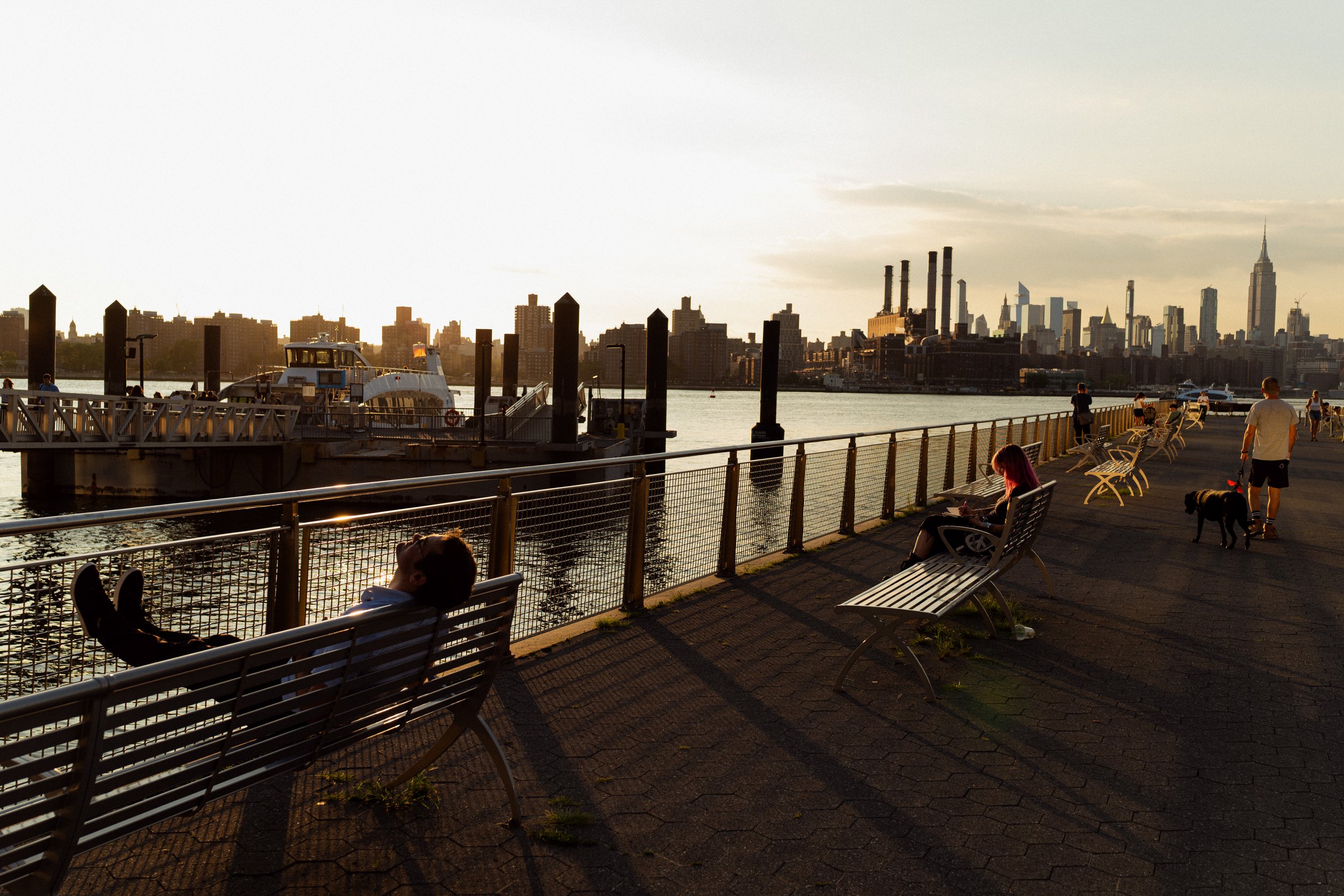
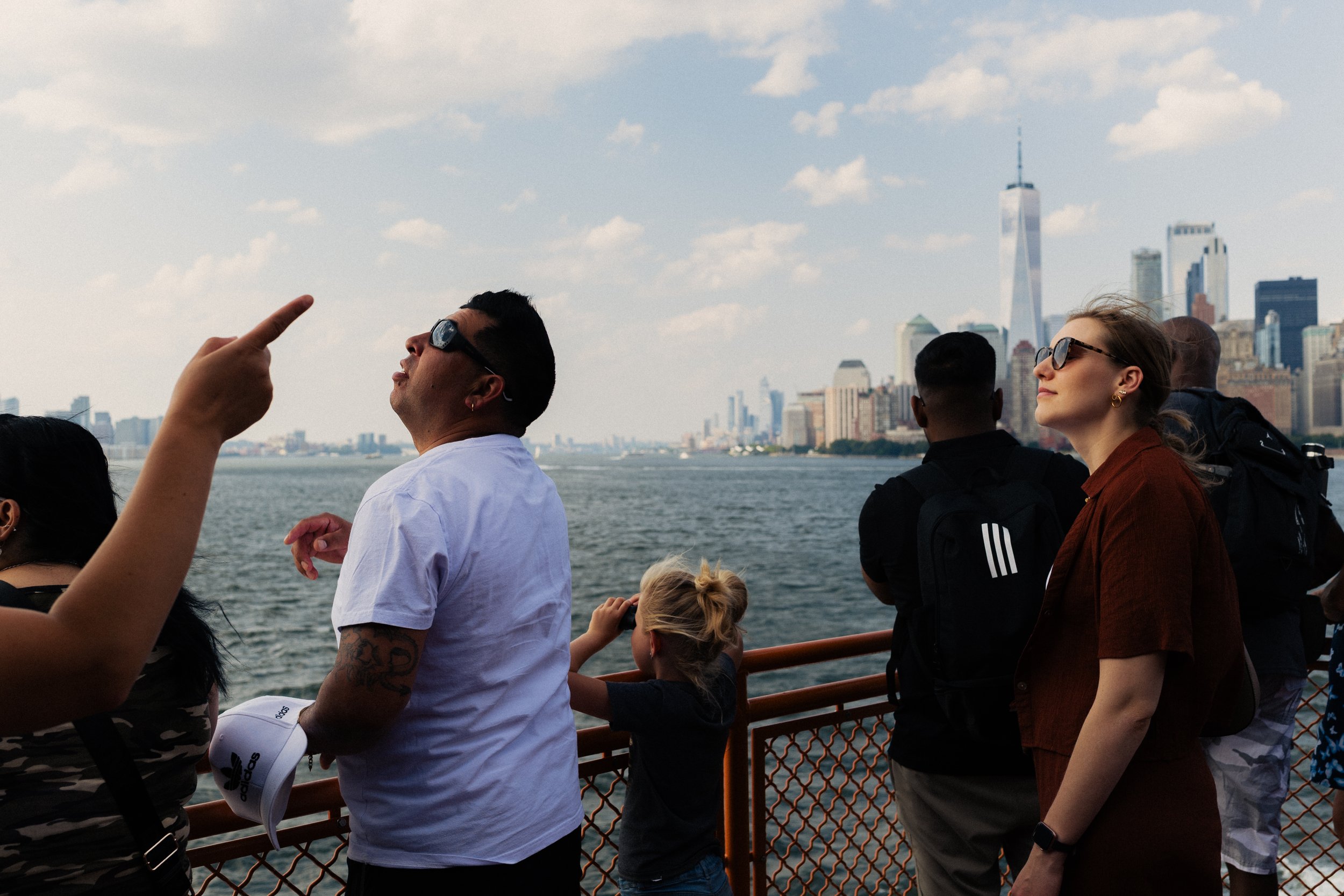

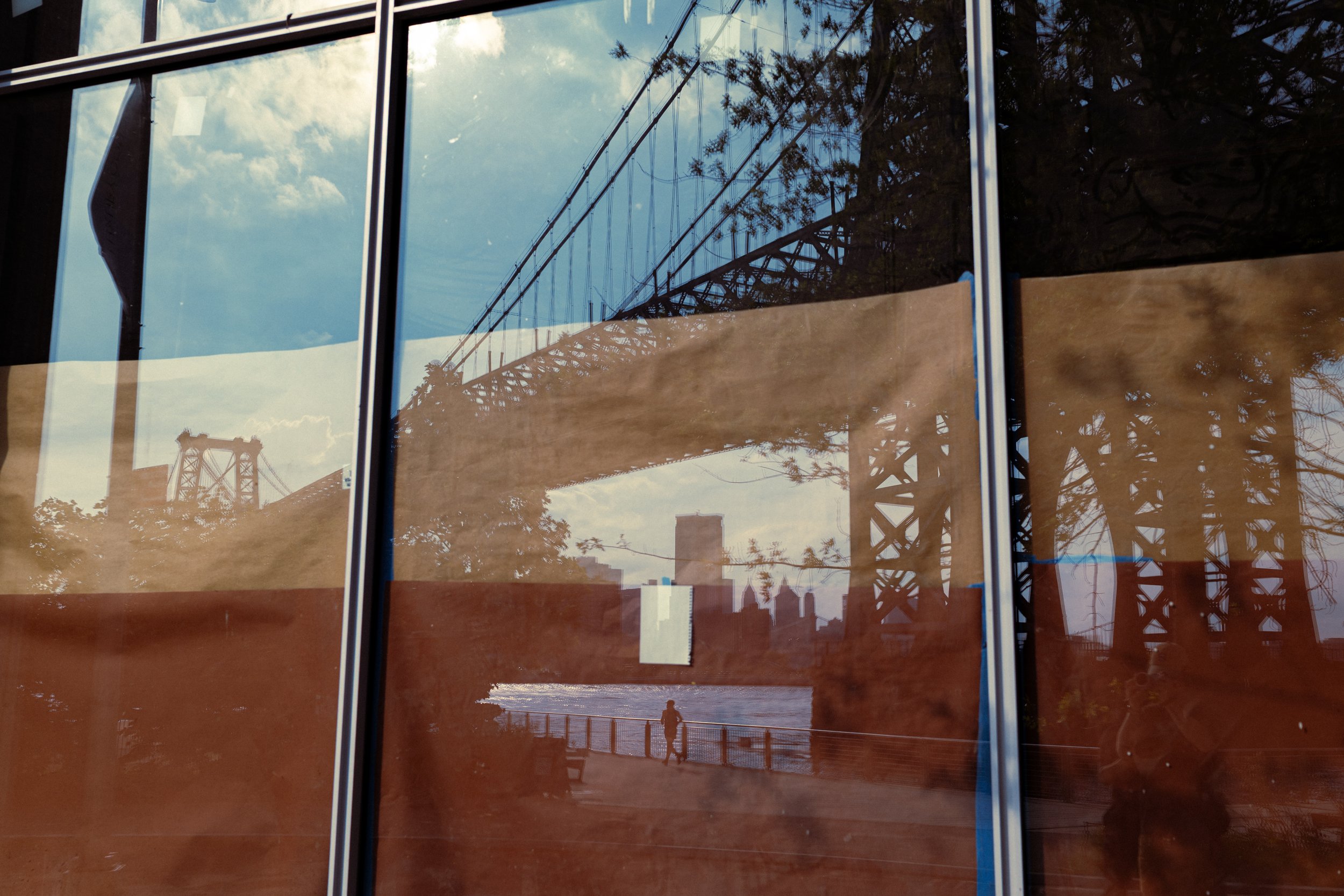

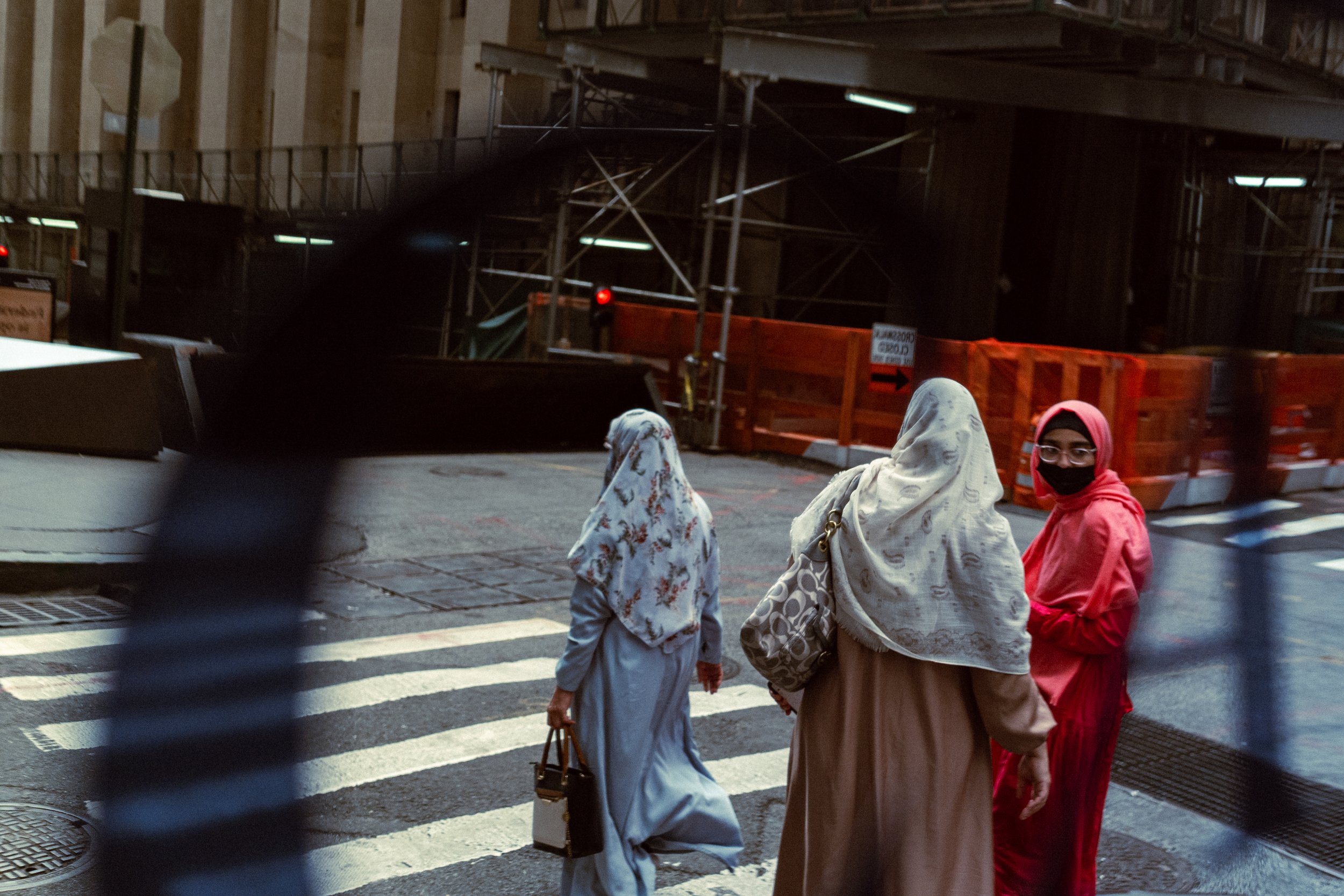



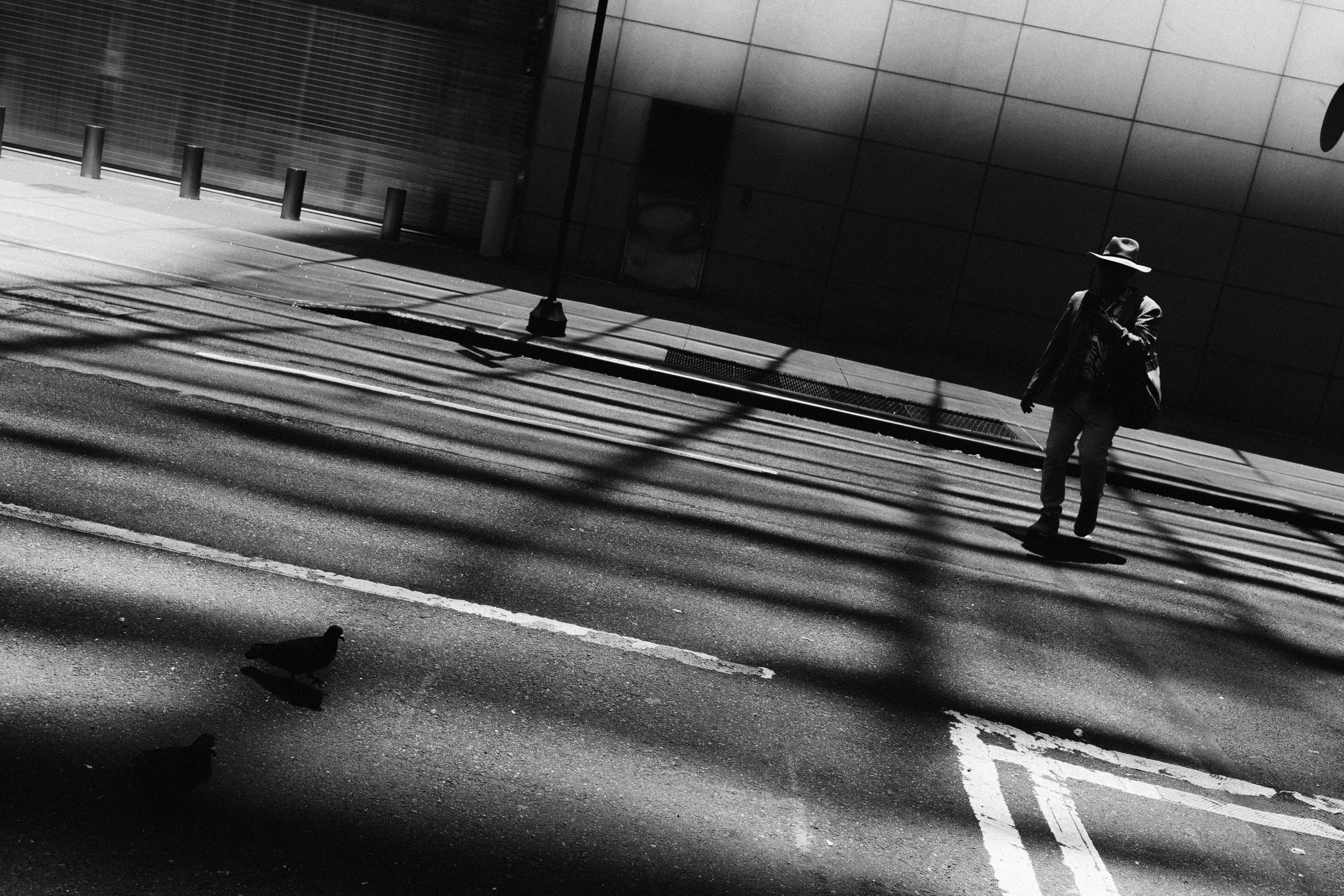
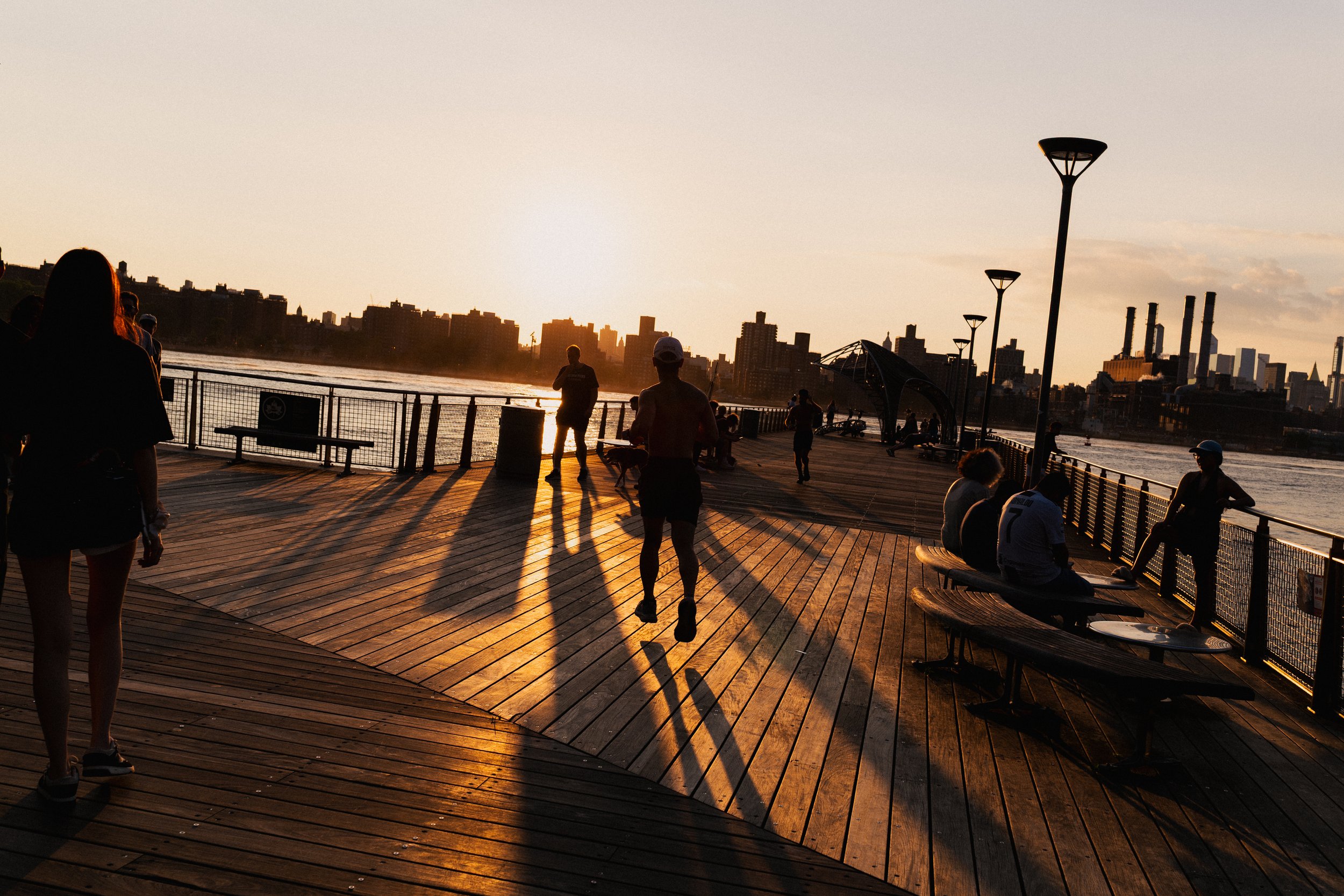
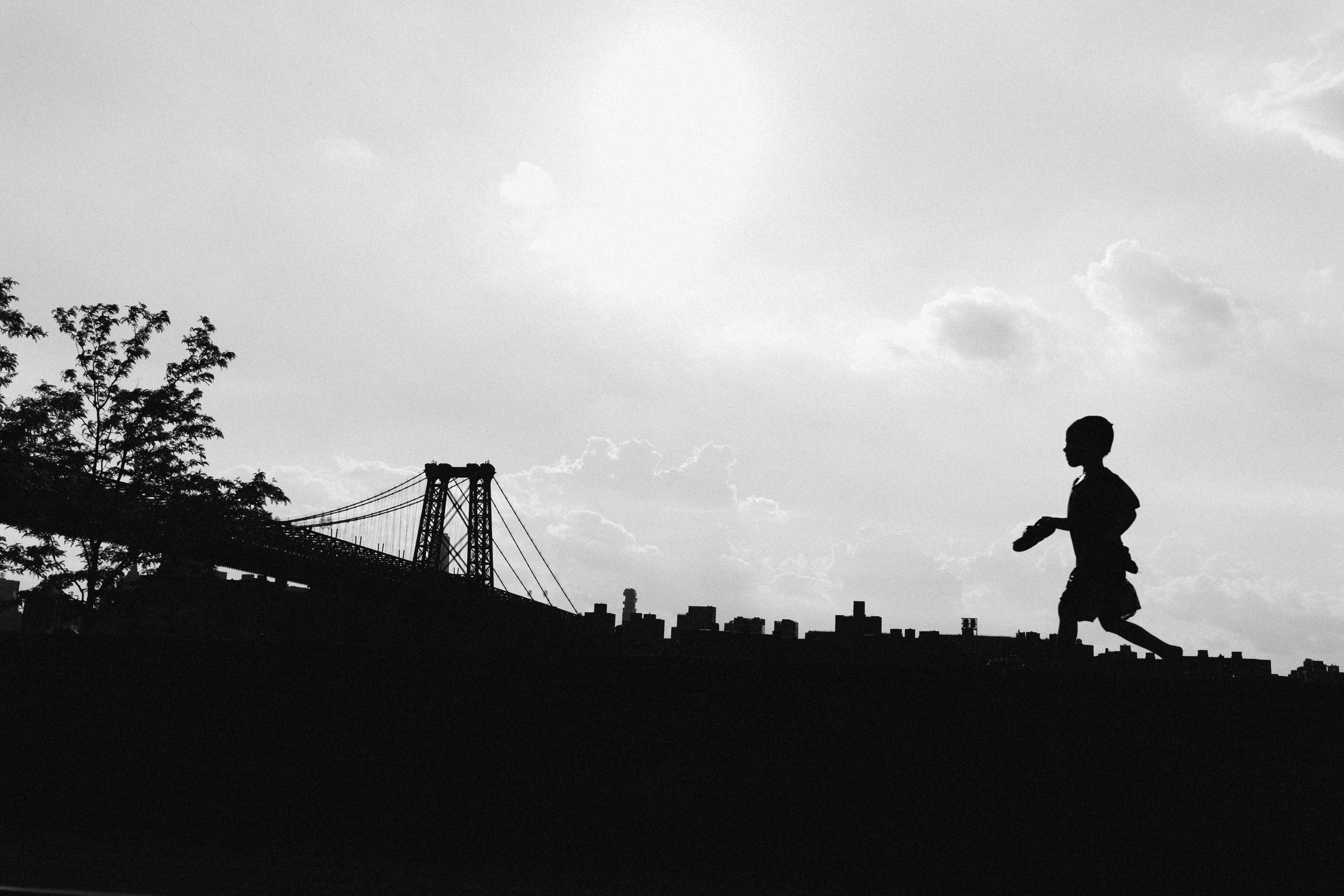
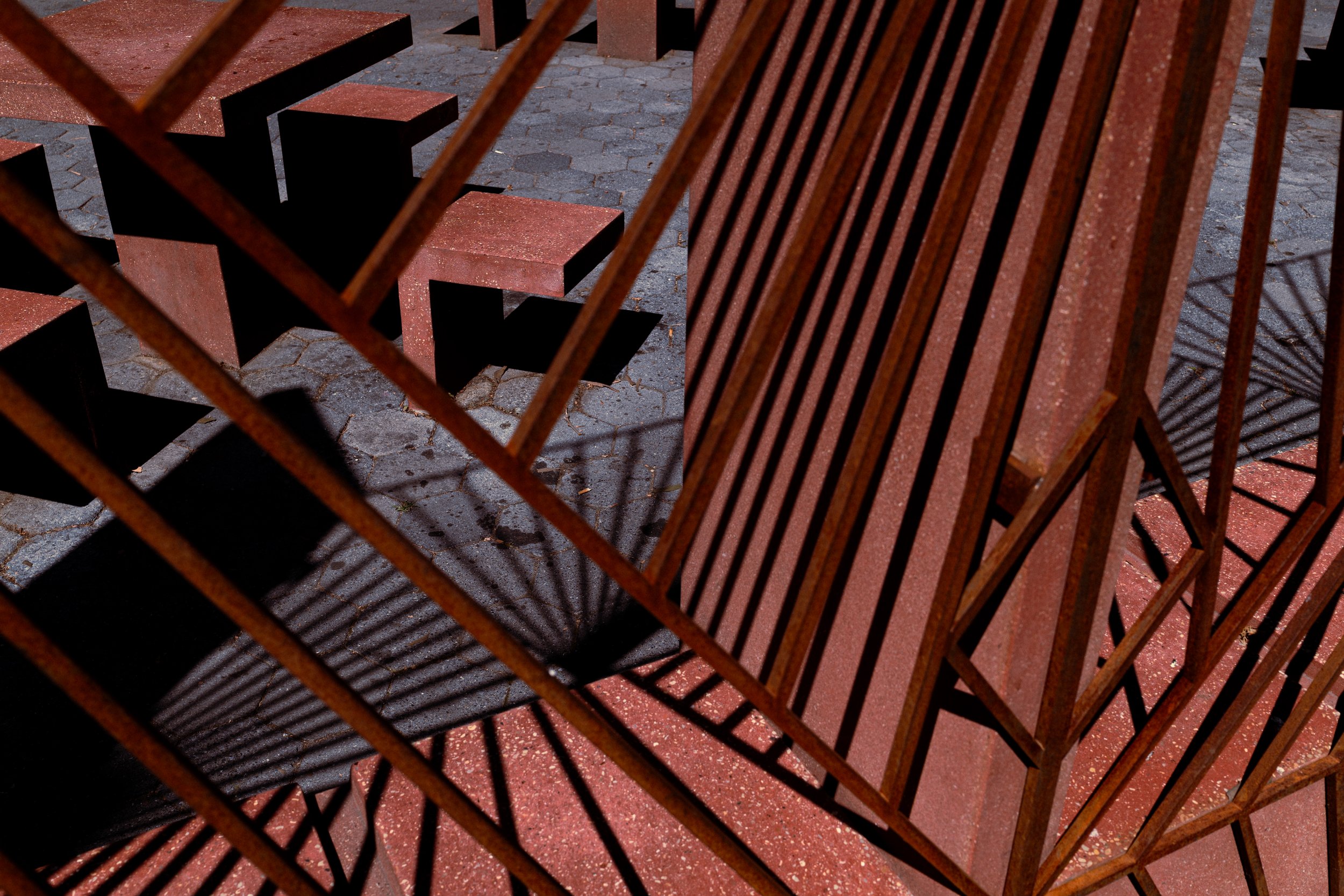
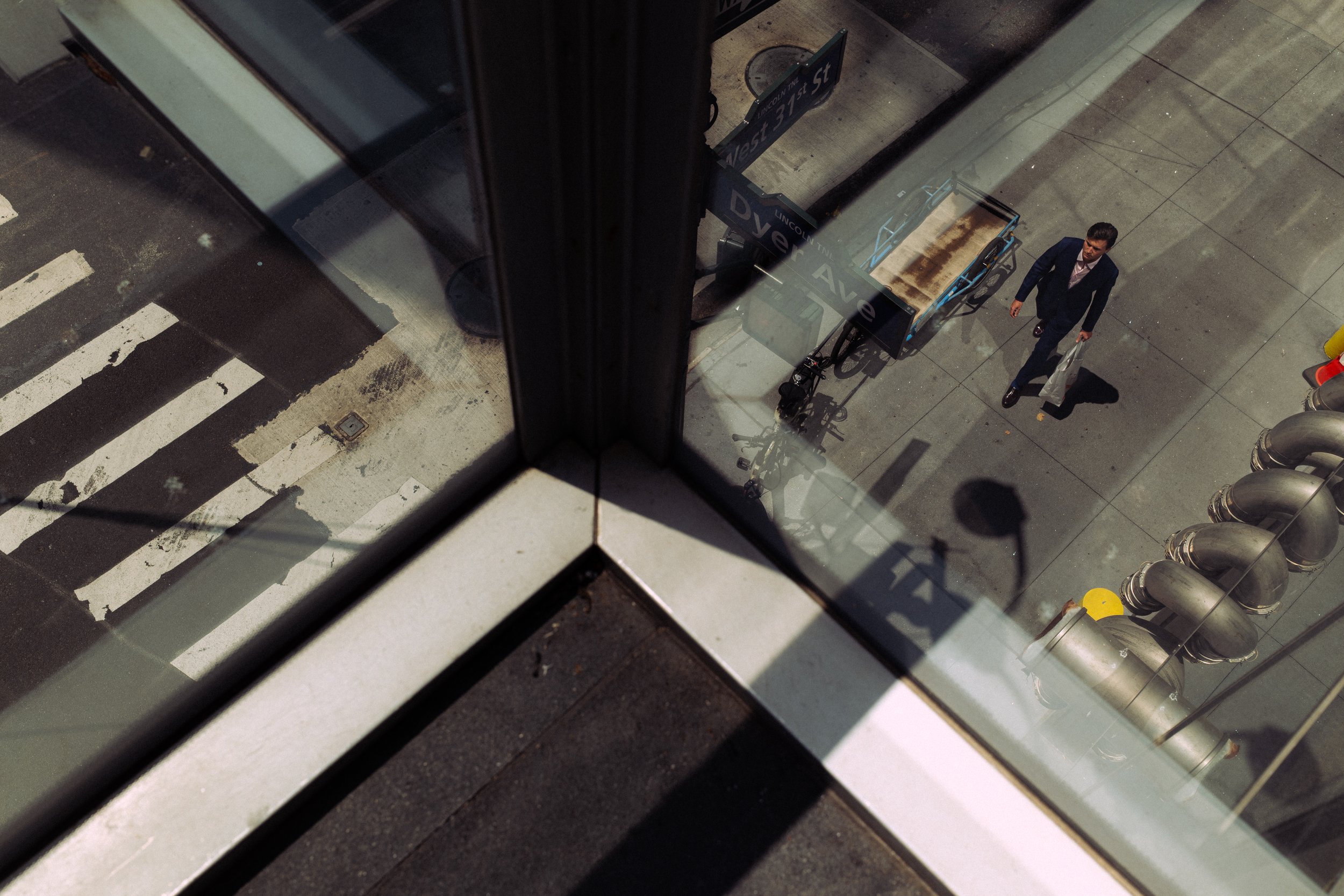
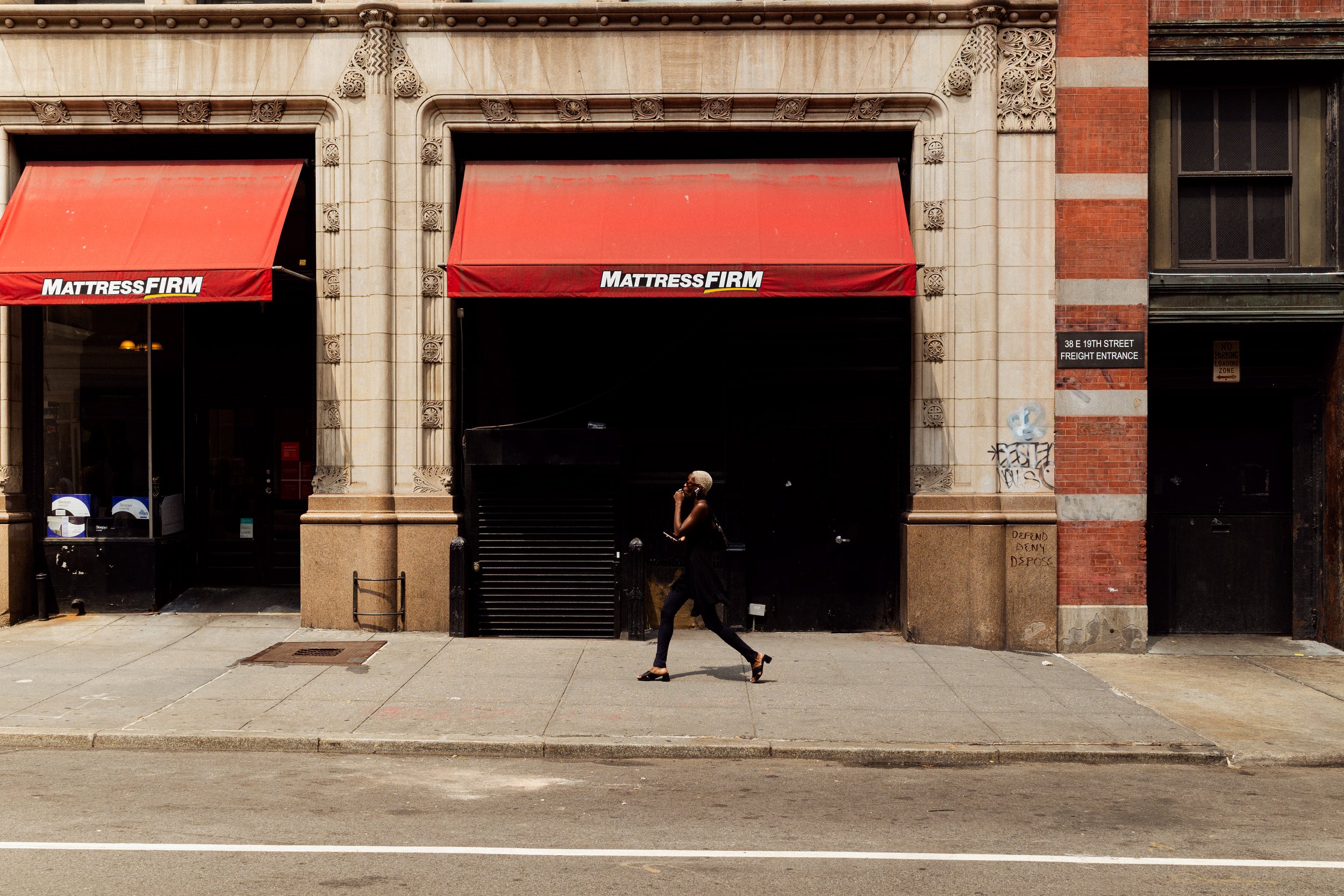

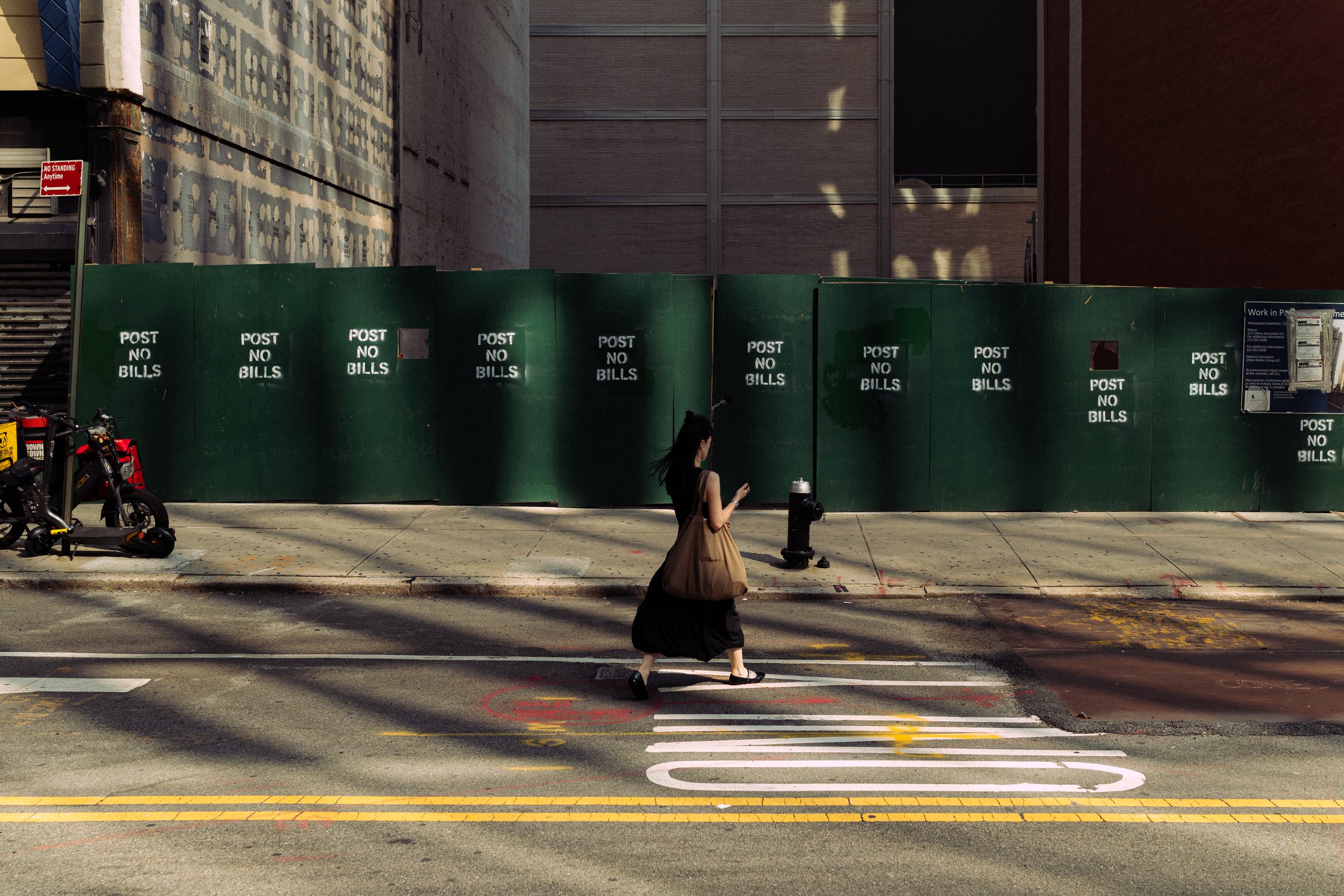
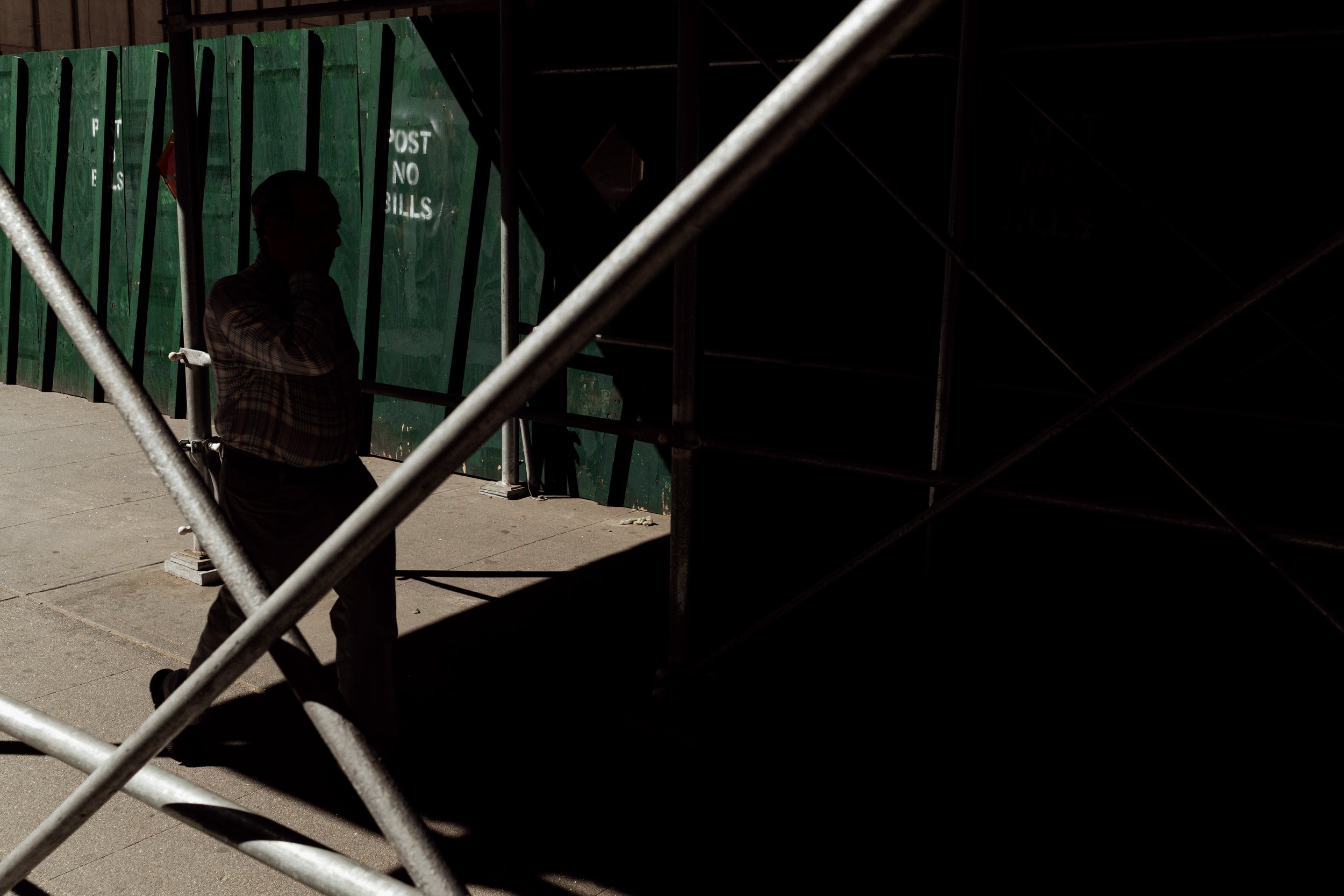
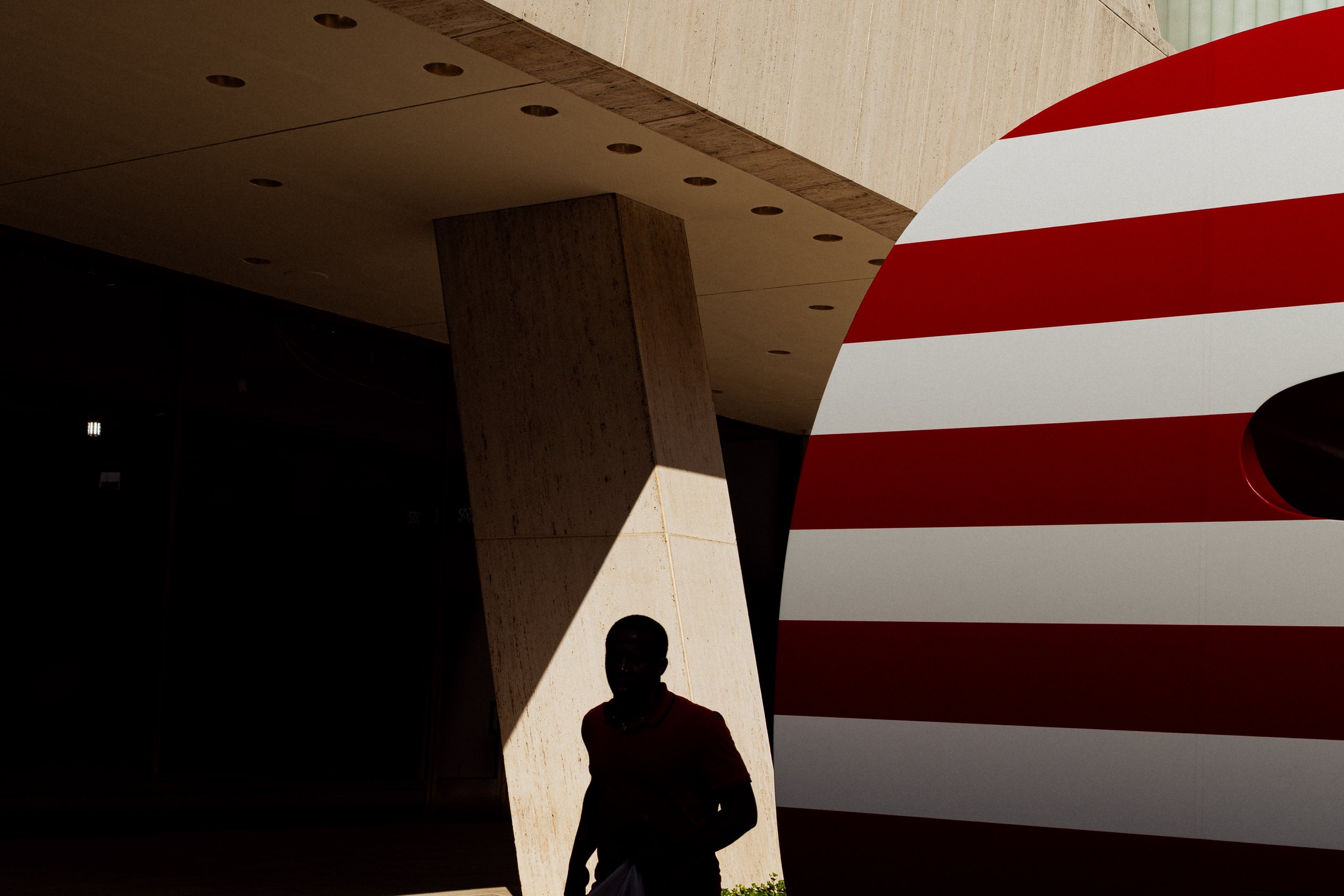








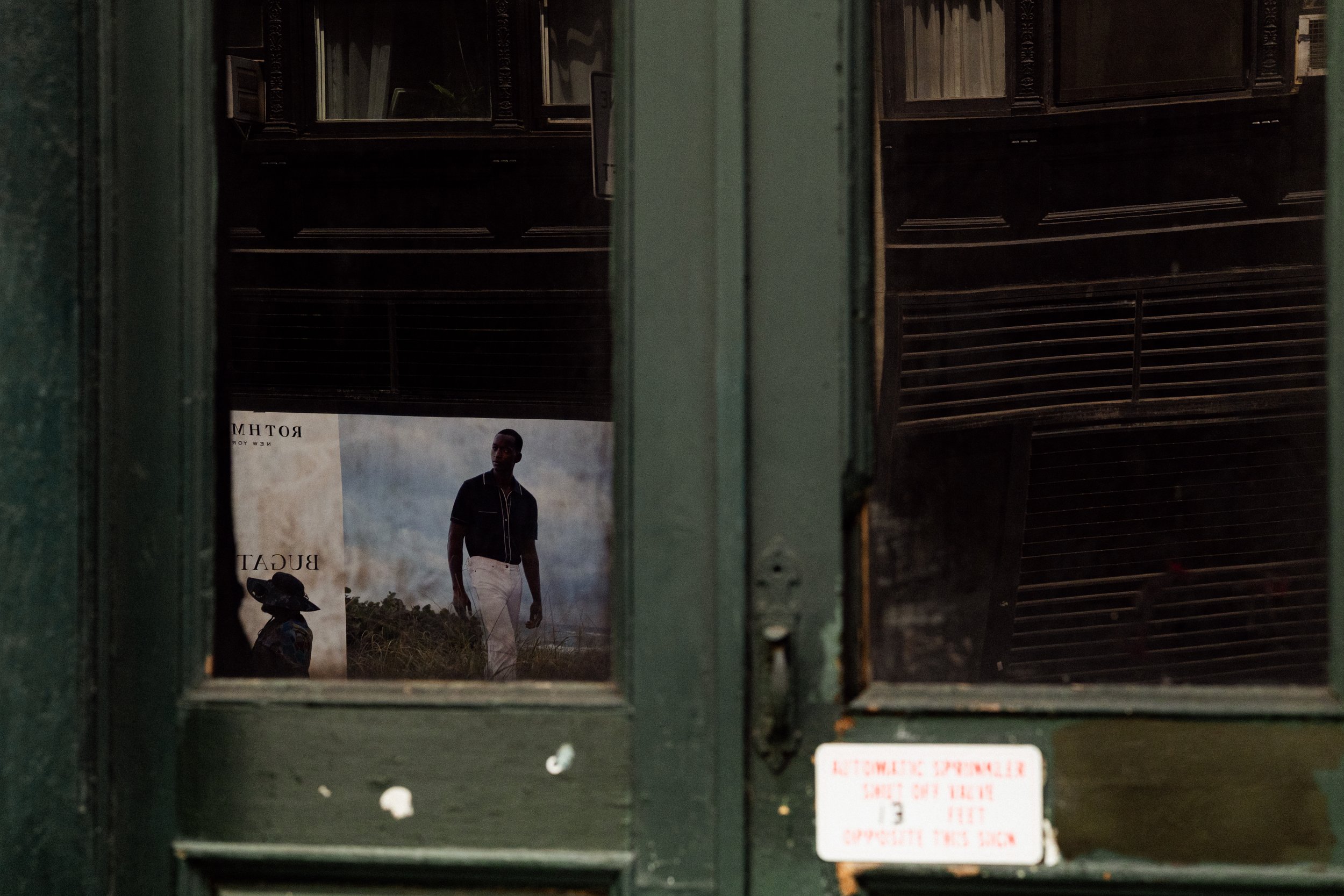
CONCLUSION
I could actually see this camera as part of my kit. It wouldn’t replace my A7IV, but it would be a great option for times when I want to have a camera on me that’s very capable but I don’t exactly need a “workhorse” with me. This camera is also super sleek. It’s unlike anything I’ve really seen, and its definitely a conversation starter. It kind of makes me wonder about the future of camera design so props to Sigma for that.
If I could add anything, I’d add another eyelet on the other side next to the USB-C port so you can use a neck strap. I’d also add a highlight metering mode and the option to customize the focus area. Aside from that, I don’t think there’s a need to change much because this camera is intentionally minimal, at least from the outside. On the inside, it’s probably better than most people expect.




